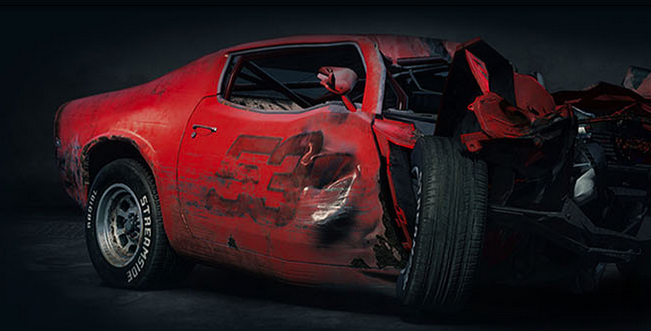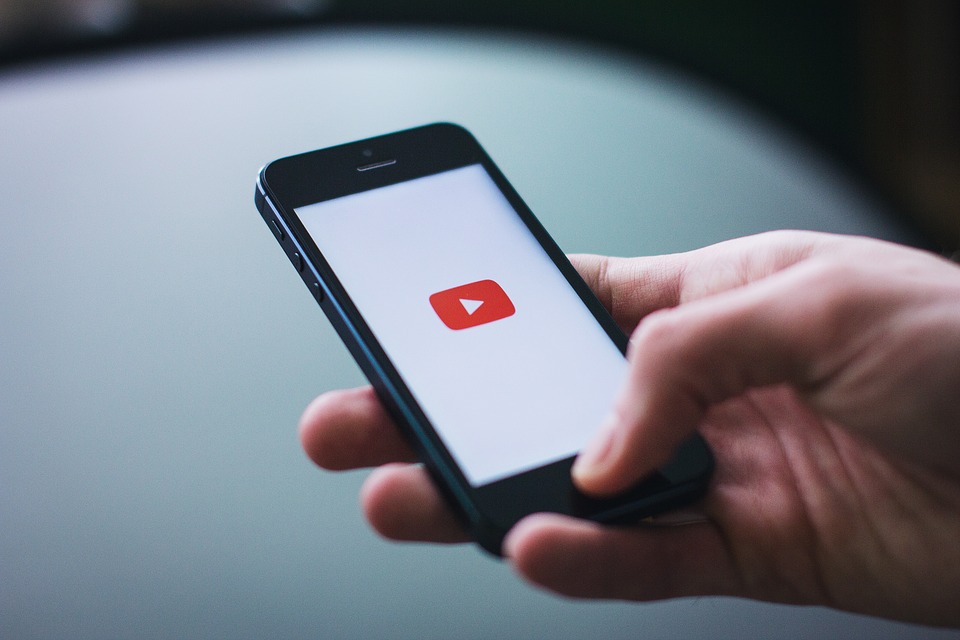By Nicole Buckler
Singles Day, held in China, is a day where Chinese shoppers go mental, buying themselves all sorts of nice stuff. This is all in aid of cheering themselves up while living the single life. The day is now the biggest day for e-commerce sales in the world.
The celebration for Singles Day held on 11/11 used to celebrate people who were proud to be single. So about those 1s in the date – obviously, single means “1.” But also, the four 1s evoke “bare branches,” the Chinese expression for the unattached. So the day became an anti-Valentine’s day of sorts. It was a self-love day. It was nice. Ahh.
But since the day started out, a lot has happened. There are now lots of single dudes in China. And, they are slowly getting richer. They have Yuan to burn and no one to spend it on but themselves. But let’s not forget the Chinese women too. They are now richer, taking their time to marry, and certainly love a good spend-up. And, if these women can afford it, it is the day where luxury brands get a solid burst of credit card love.
Even up until the Noughties, Singles Day used to be a small celebration. Then Billionaire Jack Ma of Alibaba came along (Alibaba is the Amazon.com of China.) Ma decided that he would do huge promotions around the day and plug it as an online shopping fiesta. And it worked. It is now the biggest online sales event in the world.
People who have gone on to marry have kept buying themselves stuff on Singles Day, jealous of singles and their self-spoiling. Singles Day is now a 24-hour-period where just about every demographic goes utterly mental with their credit cards. And if we don’t adopt it in Europe I was be very distressed. It sounds awesome.
While Alibaba was the first to link Singles’ Day to a shopping craze, plenty of rivals have joined in. Xiu.com is a Chinese luxury e-commerce platform. It just released its sales report for this year’s Singles Day.

Here are the sales stats generated via Xiu.com:
Online shoppers born after 1990 have become the leading consumer group in China
Online shoppers aged between 25 and 30 (born between 1987 and 1992) took up the biggest share of Xiu.com’s total sales on this year’s November 11. Purchasing behaviours vary significantly across age groups. Citing a few examples: the favourite fashion brand among women shoppers born in the 2000s was The Kooples, an emerging French street fashion brand featuring a Brit-pop style that, to date, had not yet proven popular in China.
Shoppers born in the 1990s preferred Dolce & Gabbana. Burberry was the top-selling fashion brand among women born in the 1970s and 1980s.
Giuseppe Zanotti was the best-selling shoe brand among male shoppers born in the 1990s and 2000s, while men born in the 1980s preferred Gucci. Men born in the 1960s and 1970s opted overwhelmingly for Prada. Surprisingly, Chanel was the favoured brand among male shoppers born in the 1950s.
Burberry remains the country’s favourite brand
The top selling brands overall were Burberry, Gucci, Louis Vuitton, Prada, Dolce & Gabbana and Chanel.
However, obvious differences existed between different cities. In Beijing, Moncler was the bestselling brand, while in Shanghai, Hermes, which was barely mentioned in other cities, proved to be the best seller. Philipp Plein was favored by Shenzhen buyers, while Emporio Armani sold best in Chongqing.
Male buyers spend more in fashion field
This year saw a huge increase in the average sale among men for fashion items, outspending the women. Male shoppers preferred the casual style of Armani Jeans and the avant-garde fashion style of Philipp Plein, while women remained with traditional luxury brands represented by Valentino, Dior and Chanel.
Beijing is where most of the shoppers are
Beijing ranked first on Xiu.com’s list of the top 20 Chinese cities in terms of sales during the one-day event, followed by Shanghai, Shenzhen and Chengdu.
The overall results showed that while there were more luxury-item shoppers in the bigger cities, people from smaller towns spent more per person, although there were fewer of them. So this seems to show that there is more money in bigger cities, which seems to be true of every country in the world.
If we can learn anything from this, it is that European luxury brands are killing it in China. And, that we must institute Singles Day here at once, people. Let’s get on it!

















